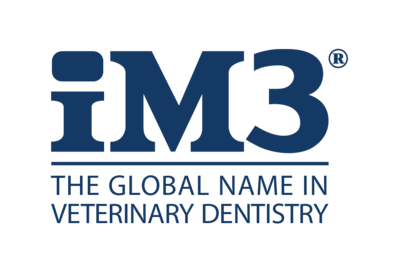iM3 Catalogue - Europe - Flipbook - Page 74

Cat. Code
Standard Suction Tips
Thin aperture suction tips for iM3 Dental Units.
Sold in packs of 5, these tips are intended for single-use and can
be autoclaved (up to 134°C) for pre-sterilization.
Suction Tips Thin - 11 mm Fitting - 5 Pack
P8820
Suction Tips Thick - 11 mm Fitting - 5 Pack
P8828
These suction tips have an 11 mm fitting and therefore require
an adaptor in order to be compatible with some dental units.
Please refer to the table below:
DENTAL UNIT
ADAPTOR(S) REQUIRED
iM3 Elite
No adaptor required
iM3 Pro S Standard Suction
SURG11
iM3 Pro S Retrofit Suction
No adaptor required
iM3 Pro X
SURG11
Advanced Suction Tips
Curved tube suction tips are specifically designed for use with iM3 Pro S
and iM3 Pro X units. Featuring a 16 mm aperture, these tips are ideal for
small dogs or cats. They are ergonomically designed to ensure optimal
handling and are sturdy enough to facilitate cheek retraction.
Sold in packs of 10, these tips are intended for single-use and can be
autoclaved (up to 134°C) for pre-sterilization.
These suction tips have a 16 mm fitting and therefore are only compatible
with the iM3 Pro X and iM3 Pro S built-in suction handpieces. Please note
that this does not include Pro S units with retrofit suction.
These suction tips are not compatible with iM3 Elite units.
CO N S U M A B L E S
Suction Tips Small - 16 mm Fitting - 10 Pack
IM006P
Suction Tips Medium - 16 mm Fitting - 10 Pack
IM500M
Suction Tips Large - 16 mm Fitting - 10 Pack
iM500L
Suction Tips Saliva Ejector - 6.5 mm Fitting - 100 Pack IM300W
Suction Tip
6.5 mm
Suction Tip
11 mm
Suction Tips Adapters
Suction Tips Adapter - 11 mm to 6.5 mm
SURG65
Adaptor for 11 mm suction handpieces to fit
6.5 mm suction tips.
Suction Tips Adapter - 16 mm to 11 mm
11 mm
Suction Handpiece
Page 70
16 mm
Suction Handpiece
Adaptor for 16 mm suction handpieces to fit
11 mm suction tips.
www.im3vet.eu
SURG11